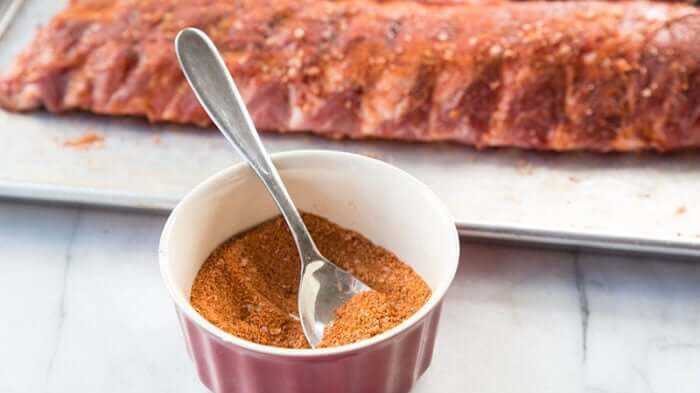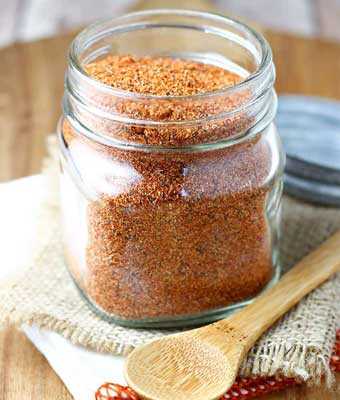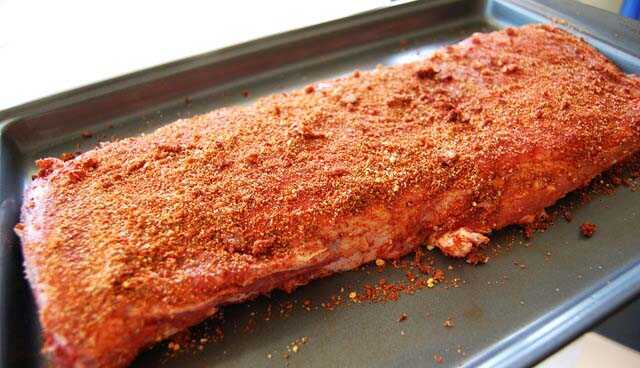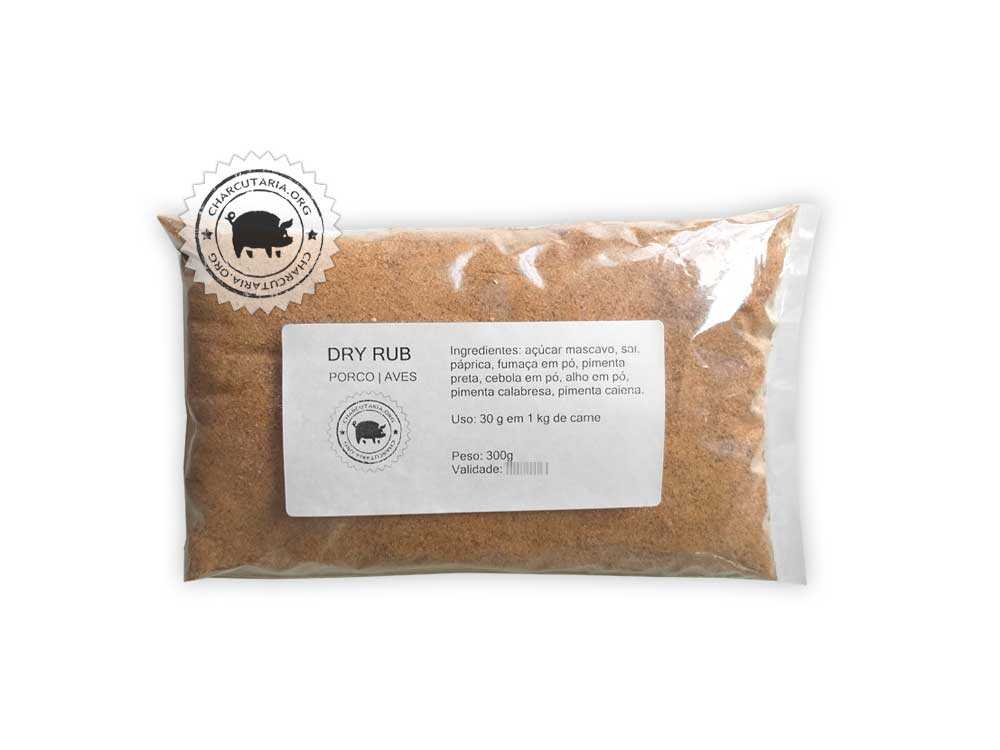
Dry Rub is a mixture of dry seasonings that is applied to flavor meat before it goes into the oven, grill or barbecue. It is very common in North American barbecues. When applying dry rub to meat, it is necessary to cover the entire exterior of the meat with a layer of the condiment and leave it to rest for a few hours. The dry rub will slowly penetrate the inside of the meat and transfer all the flavor evenly throughout the piece. The exterior of the meat will have a stronger and more intense layer, with a very caramelized color given by the sugar that usually makes up the dry rub.
What are the types of Dry Rub?
There are several variations, but this is the basics. O Dry Rub can be divided into two more fundamental segments, which are dry rubs for pork/poultry and for beef. O Dry Rub for pork/poultry it is much sweeter. Already the Dry Rub for beef it is more salty, very similar to a barbecue seasoning that Brazilians' palates are more accustomed to.
O Dry Ryb For beef there is not much mystery, it is a mixture of seasonings that has salt as a key element.
In this post we will deal with the dry rub for pork/poultry meat, which is a bit different from the standard of more traditional seasonings in Brazil. It's different but it's good, we'll explain the reasons, formulation and use below.
There are 3 basic aspects of a sweet dry rub
- Sugar;
- Spice;
- Pepper.
Sugar
It may seem strange to consider sugar as a basic element in the seasoning of meat, but yes, sugar is one of the main elements of a meat. dry rub traditional. But for slow-roasted pork and poultry meat, the sweet flavor creates an extremely tasty caramelization. To balance the sweetness, you need to add the seasoning part, which includes salt. Salt in this case is not the fundamental element as in other types of preparation, it is a supporting element to balance the sugar. The other condiments add complexity to the flavor and the pepper amplifies all the elements. For beef, this type of dry rub will not work very well.
Spice
Here we can include salt, powdered or granulated onion and garlic, smoked paprika, etc. We have listed some recommended condiments below.
Pepper
You can add black pepper, cayenne pepper, chili powder or flakes, white pepper, etc. The variety and quantity largely depends on individual taste, but a slight heat will enhance the flavor of the meat.
Recommended condiments and peppers
- paprika (smoked, sweet or spicy)
- powdered or granulated garlic
- salt
- black pepper or black pepper
- chili pepper
- white pepper or white pepper
- onion powder
- oregano
- mustard powder
- cayenne pepper
- allspice
- chili pepper powder or flakes
How to prepare a Dry Rub?

The basic recipe for a dry rub for pork and chicken is a 50/50 ratio, that is, 50% of sugar and another 50% with the seasonings and peppers. For every 100g of sugar add another 100g of salt, assorted condiments, herbs and peppers. All always dry/dehydrated, in powder or flakes.
How to use Dry Rub?

Apply the dry rub before roasting the meat. The ideal is to apply a few hours before, if possible the day before. But even if there is no time and the preparation of the meat has to be done just before roasting/grilling, there is no problem, even with little time the dry rub will add flavor to the meat.
How to roast/grill meat with Dry Rub?
As Dry Rub has a lot of sugar, it requires moderate to low indirect heat for a long period of time. If the heat is too intense, the sugar will burn, leaving a strong bitter taste in the meat. With Dry Rub for pork and chicken you need to be patient.
How much Dry Rub to apply to meat?
Apply a thin layer of seasoning all over the meat, don't overdo it, just cover the meat evenly. There is no need to apply a thick crust, just a light layer over the entire surface of the meat.





Thank you, the article enlightened me very well. Thank you.
Excellent description. It was very useful.
Great description. Thank you very much